Shadows of silence versus echoes of forgotten masterpieces
Unveiling hidden stories, reclaiming forgotten voices, and reimagining art's global narrative through critical, intersectional perspectives.
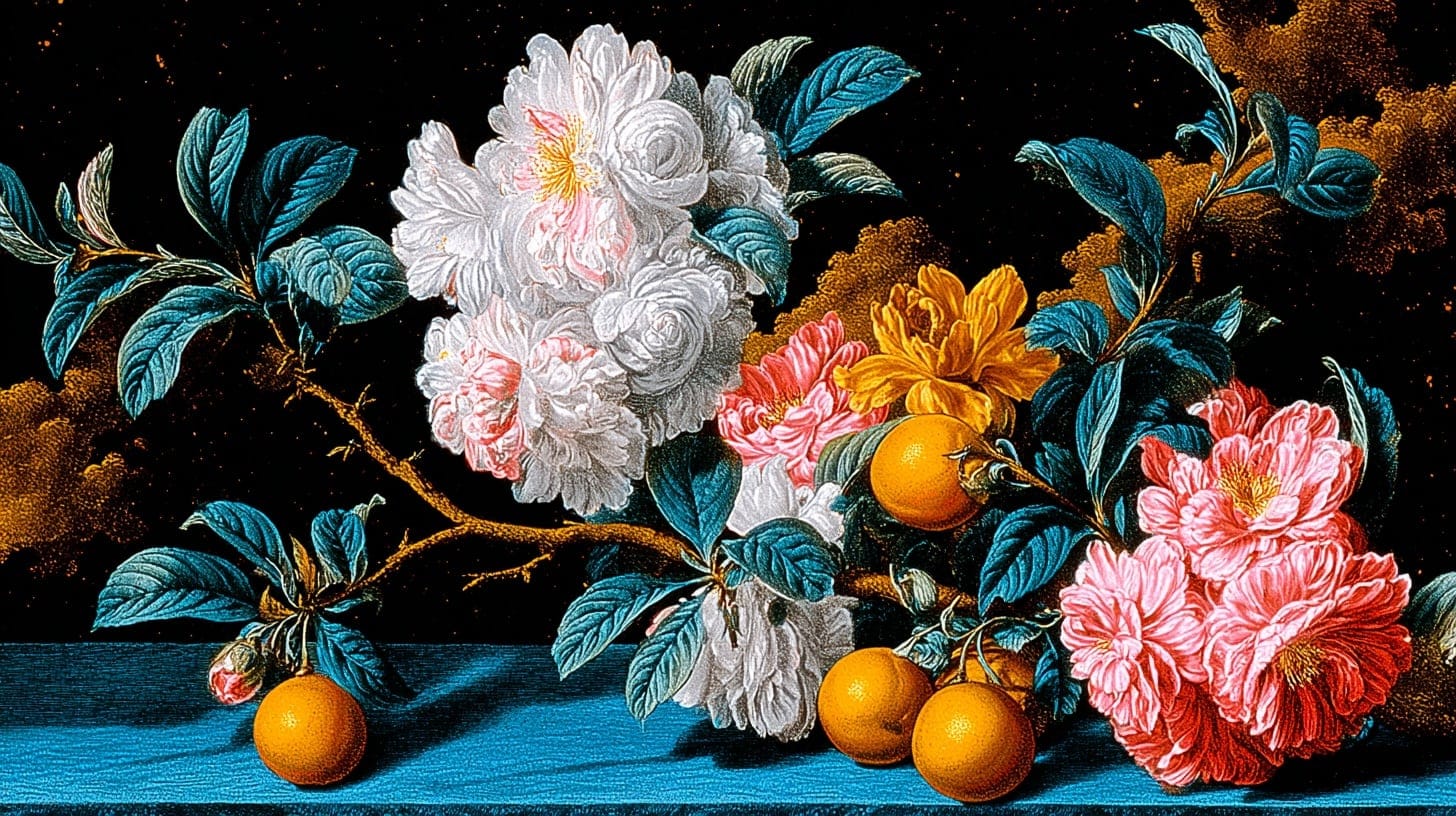
Art has always been more than just visual beauty—it's a complex tapestry of human experience, cultural dialogue, and historical context. For too long, traditional art history has been dominated by a narrow, Eurocentric perspective that marginalized countless artists and narratives. Today, scholars and curators are working to challenge these old frameworks, uncovering remarkable stories that have been overlooked, suppressed, or intentionally erased.
Reclaiming Forgotten Artists: Beyond the Canon
The traditional art history canon has long been a carefully curated collection that predominantly showcased white, male European artists. But beneath this surface, a rich and diverse world of artistic expression has been waiting to be recognized. Women artists, artists of color, and creators from non-Western cultures have produced incredible works that challenge our understanding of artistic innovation.
Take, for example, the remarkable story of Hilma af Klint, a Swedish artist who was creating groundbreaking abstract paintings decades before artists like Kandinsky and Mondrian. Her mystical, spiritually-inspired works were so ahead of their time that she stipulated they should not be shown publicly until 20 years after her death. It wasn't until recent exhibitions that her revolutionary work gained widespread recognition.
Decolonizing Art Narratives: A Critical Reimagining
The process of decolonizing art history is about more than just adding diverse names to textbooks. It's a fundamental reimagining of how we understand artistic creation, cultural exchange, and the power dynamics that have shaped artistic representation.
Museums around the world are now confronting their colonial histories, acknowledging how many artifacts were acquired through problematic means during periods of imperial conquest. This means not just displaying objects, but providing critical context about their origins, the cultures they came from, and the complex histories of their acquisition.
Provenance research has become a critical tool in this process. By meticulously tracing the journey of artworks—understanding who owned them, how they were acquired, and what stories they carry—we gain a more nuanced understanding of cultural heritage.
Contemporary artists are also playing a crucial role in this reimagining. Many are using their work to directly challenge historical narratives, creating powerful visual commentaries that deconstruct colonial representations and center marginalized experiences.
Art movements that were previously considered peripheral are now being recognized for their profound global significance. The Harlem Renaissance, for instance, is no longer seen as a localized phenomenon but as a pivotal moment in global artistic and cultural transformation.
Technology and digital archives have been instrumental in this process of rediscovery. Online databases and collaborative research platforms are making it easier to uncover and share information about artists who were previously invisible in mainstream narratives.
This isn't just academic exercise—it's about representation, understanding, and creating a more inclusive artistic landscape. When we expand our view of art history, we don't just add names to a list. We create space for multiple perspectives, acknowledge complex cultural interactions, and recognize the rich diversity of human creativity.
The work of reexamining art history is ongoing. It requires humility, curiosity, and a willingness to challenge long-held assumptions. Each forgotten artist we discover, each suppressed narrative we bring to light, helps us build a more complete and nuanced understanding of human artistic expression.
Museums, galleries, and academic institutions are slowly but surely transforming. Curators are creating exhibitions that provide deeper context, universities are redesigning art history curricula, and artists are continuing to push boundaries and challenge established narratives.
As viewers and consumers of art, we have a role to play too. By being curious, asking questions, and seeking out diverse perspectives, we contribute to this important work of cultural reimagining. Art is not a static object, but a living, breathing conversation about who we are and how we understand ourselves and each other.
Subscribe to my newsletter to get the latest updates and news

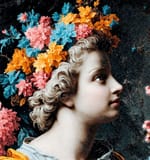



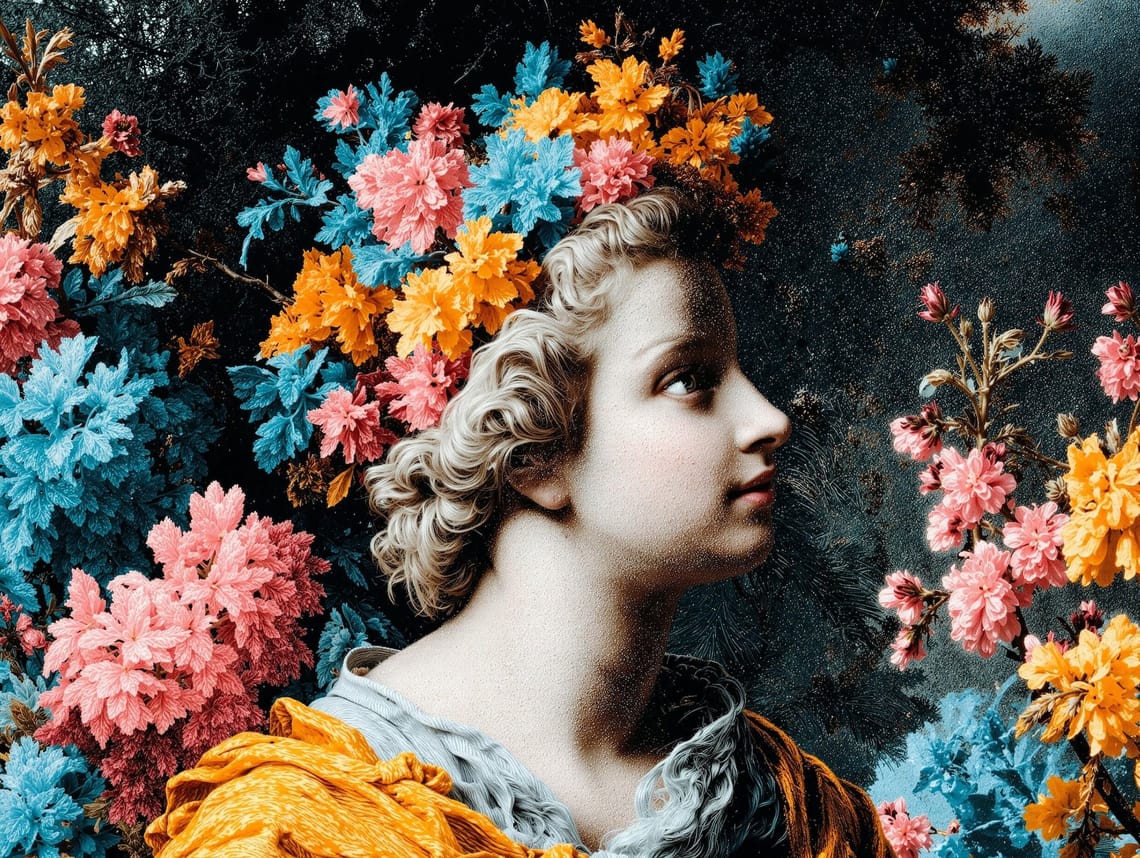

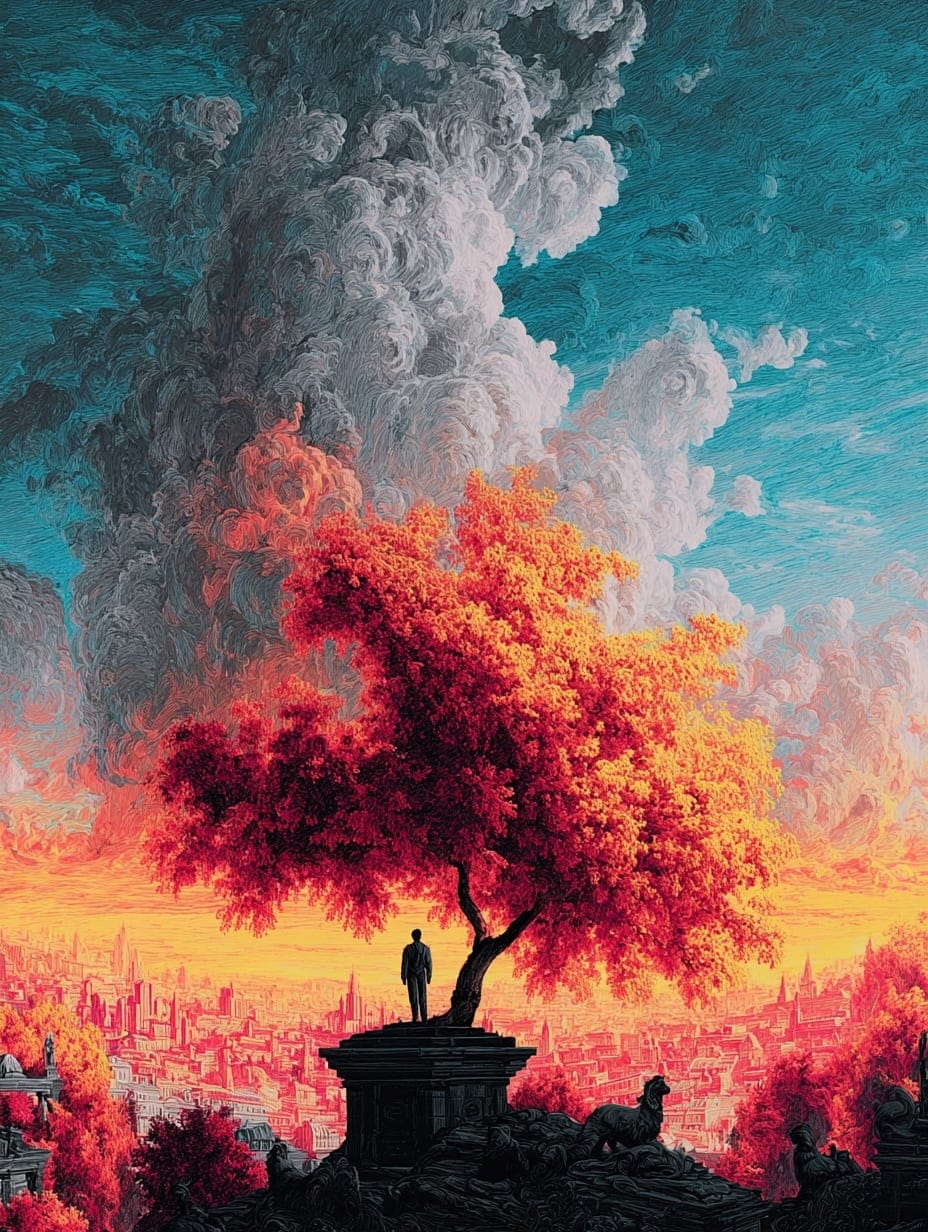
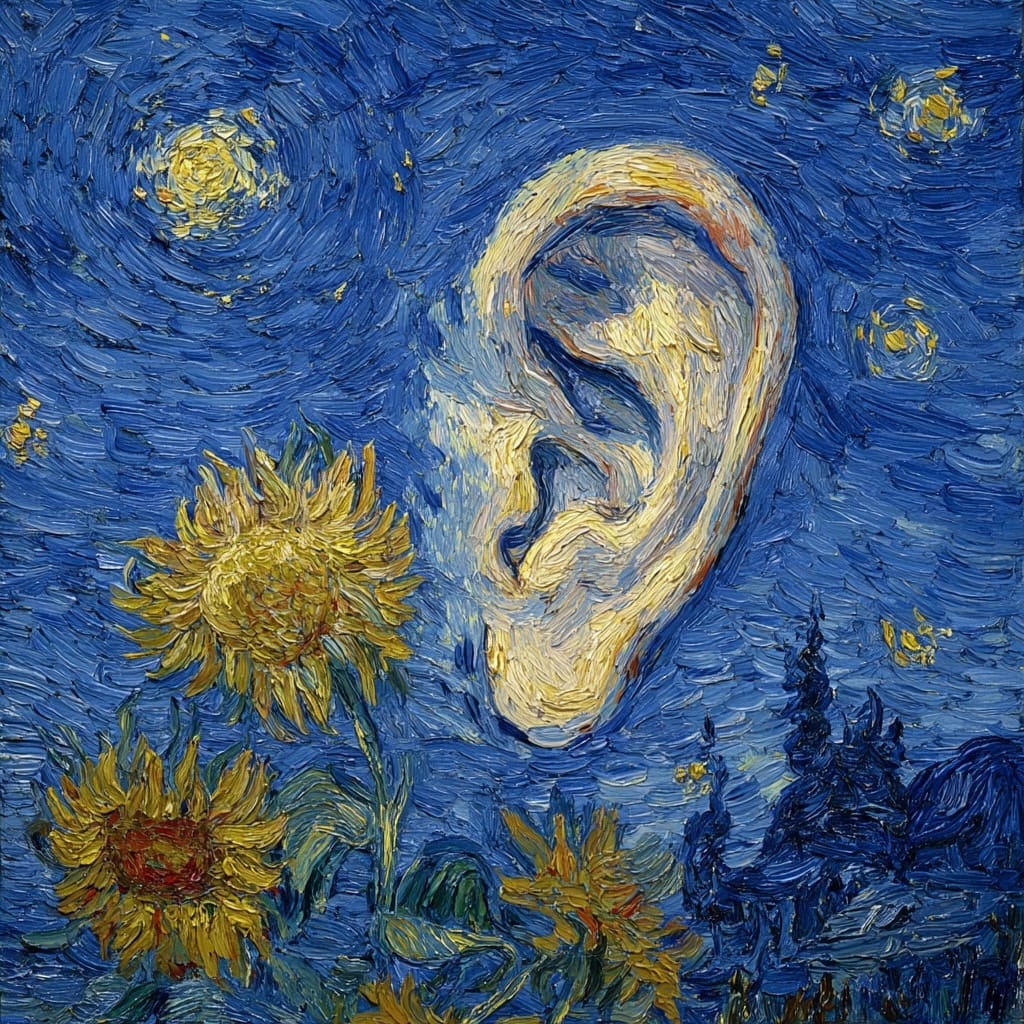
Member discussion